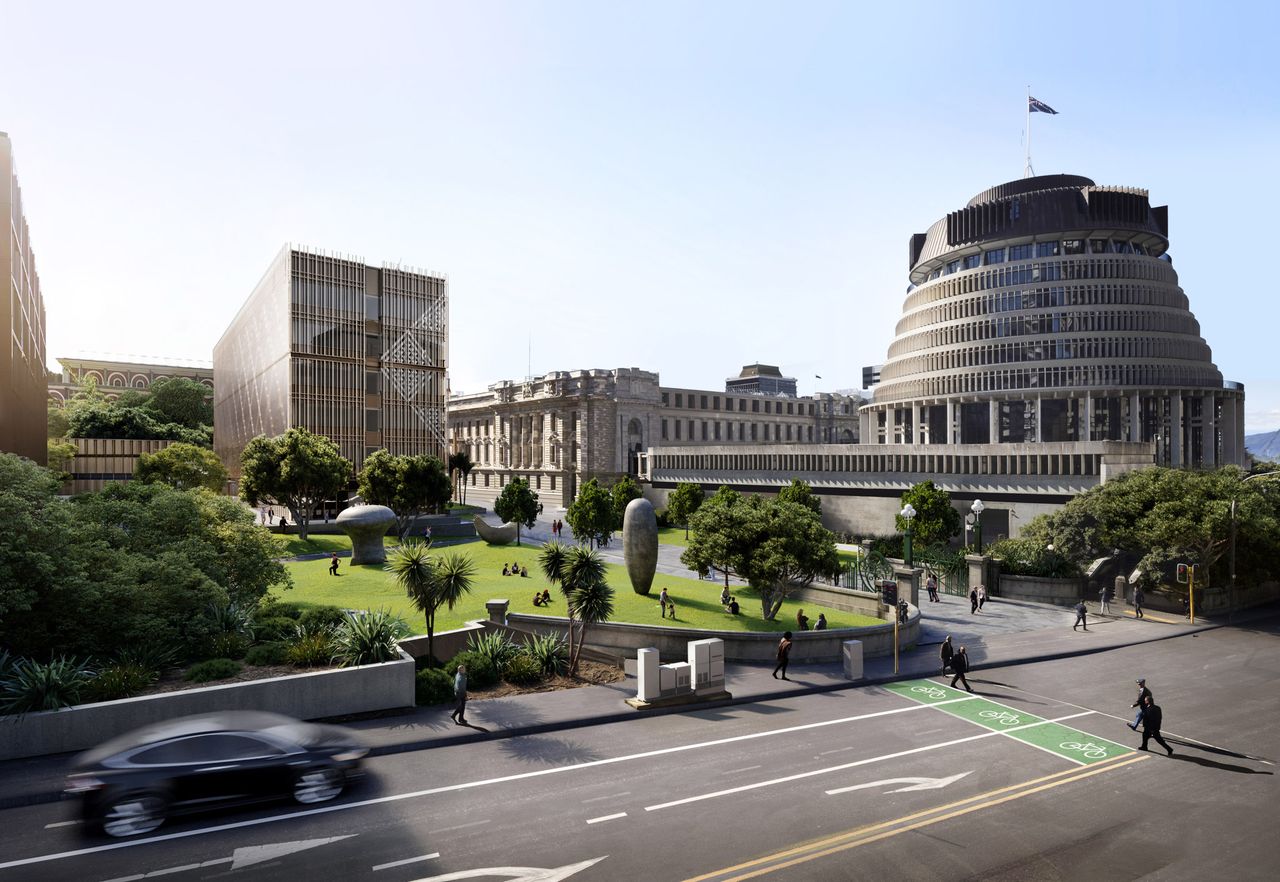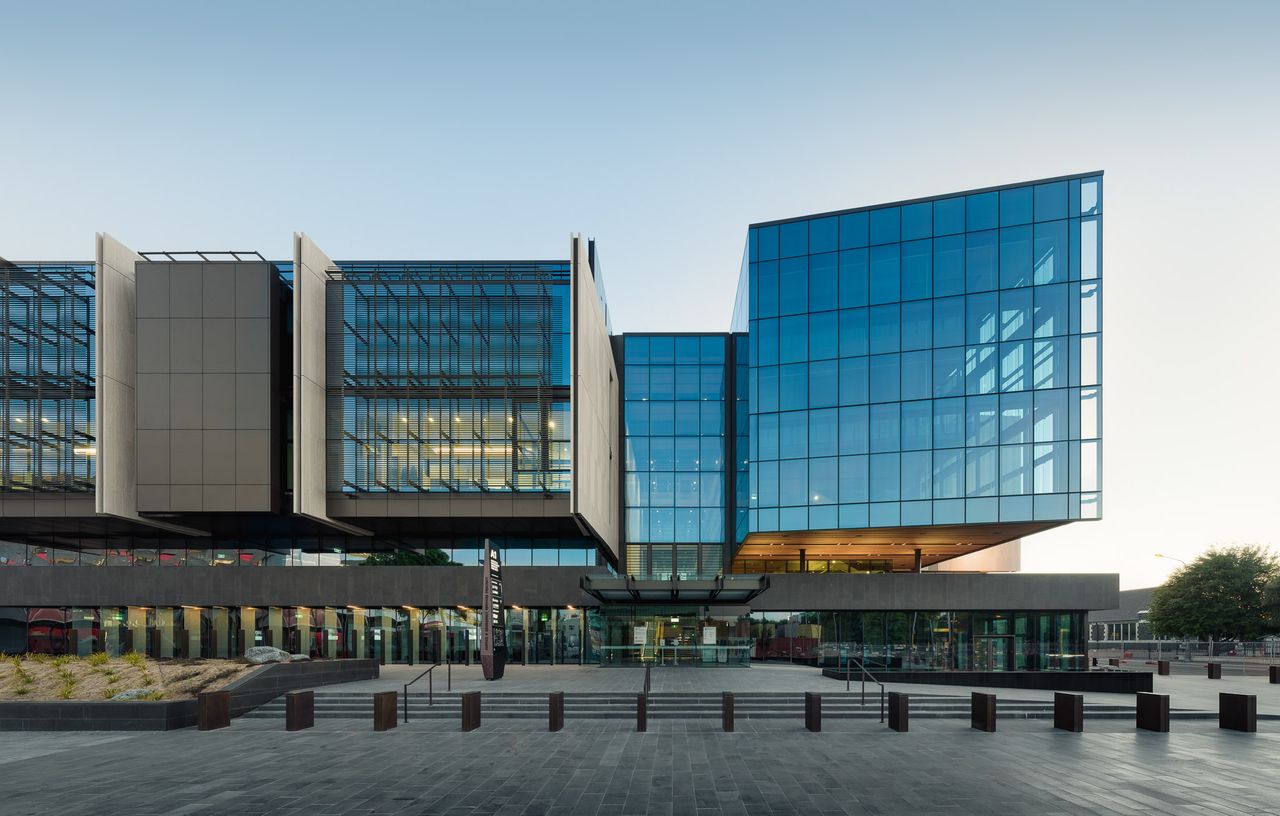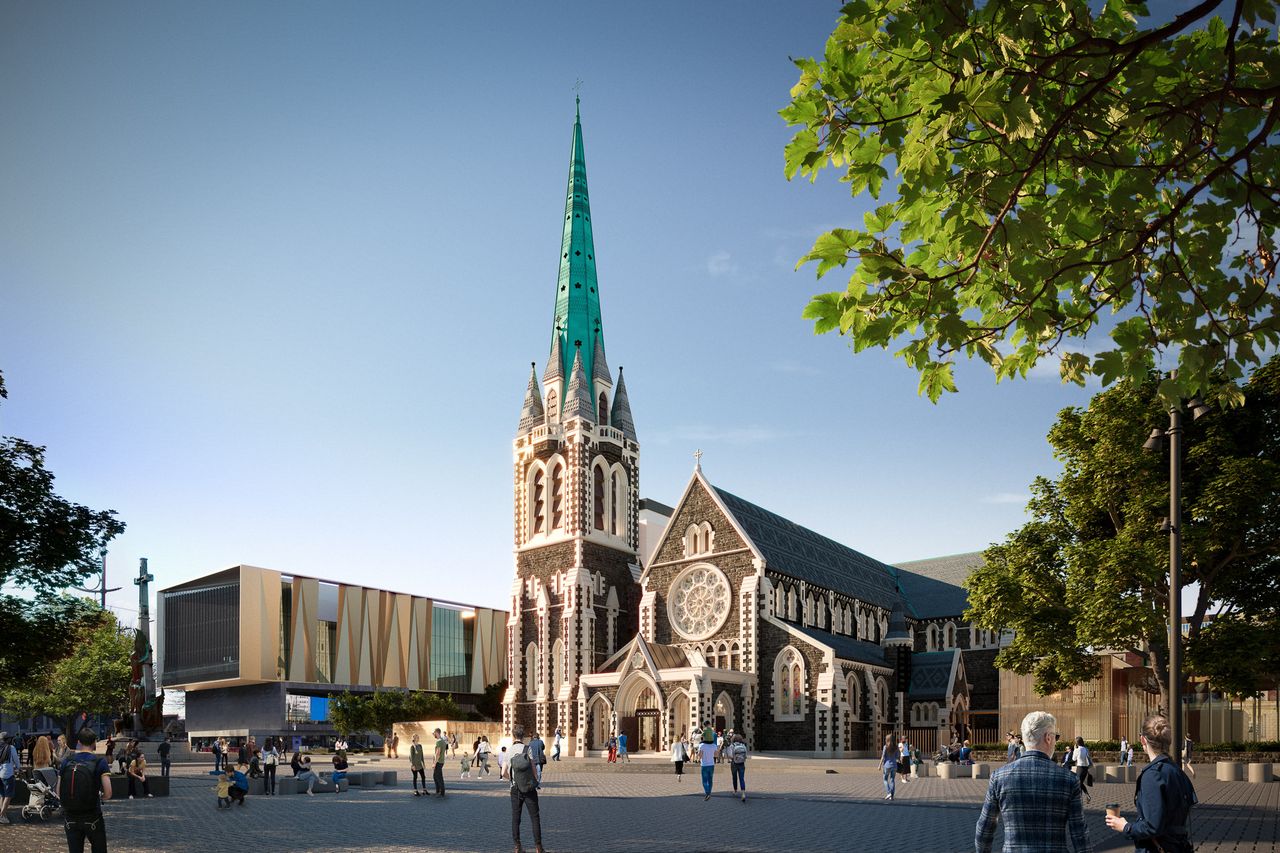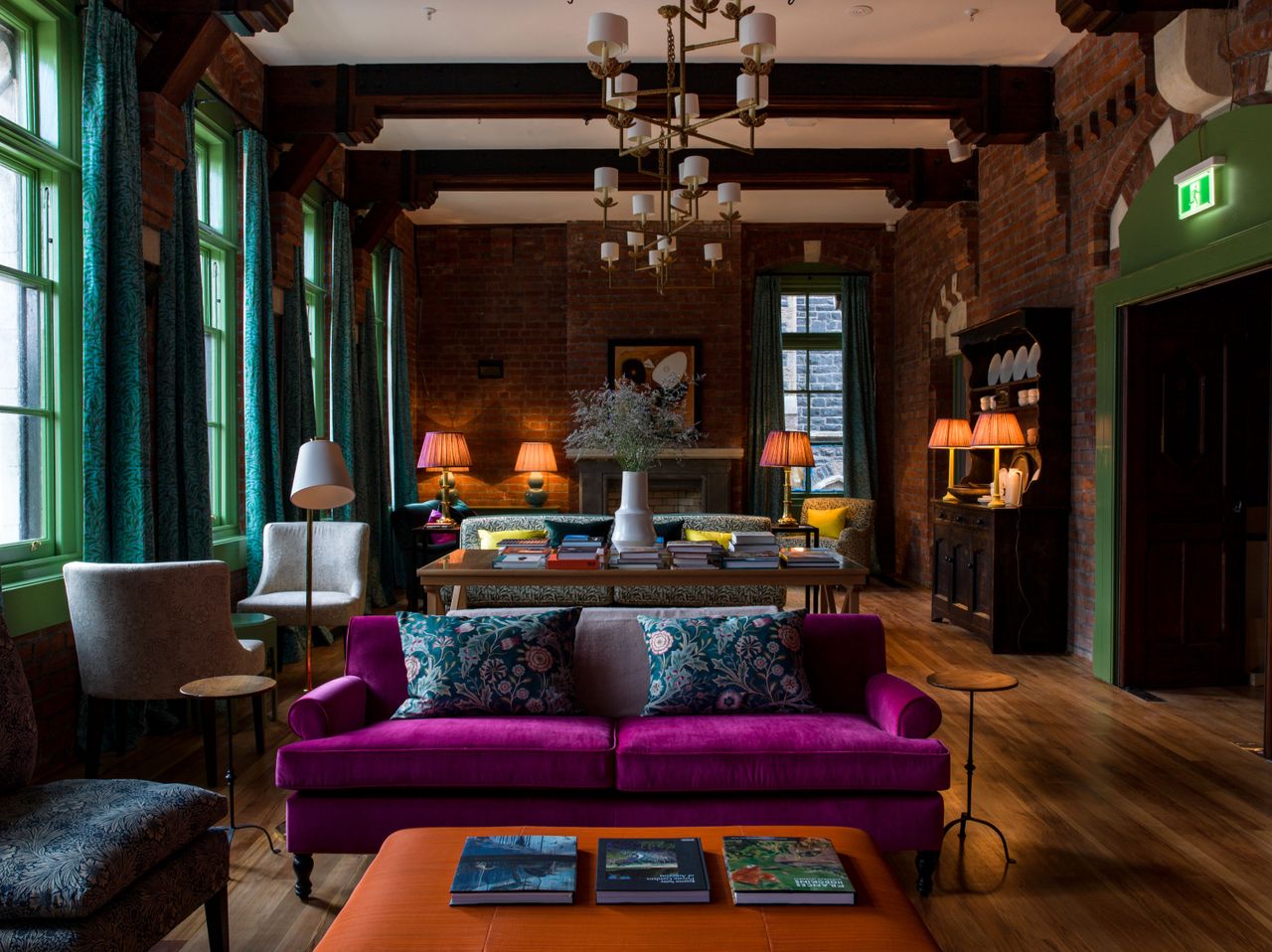Projects
Future Accommodation Strategy

New Zealand’s Parliament is undergoing a significant transformation through the Future Accommodation Strategy (FAS), an initiative designed to provide sufficient and secure parliamentary buildings. The strategy not only addresses the evolving needs of Parliament but also strengthens public accessibility and aims to achieve a high level of environmentally sustainable design.
RCP is pleased to be supporting the project by managing the construction process through to completion of the Museum St Building, Ballantrae Place Building, and the Service Building.
For years, the demand for office space within the parliamentary precinct has far exceeded supply. This shortfall was temporarily addressed by leasing external properties, but a long-term solution was required. The concept of the FAS first emerged in the 1990s, but it wasn’t until 2015 that the initiative was formally revived, with a renewed focus on consolidating parliamentary functions and improving public access.
A key objective of the FAS is to eliminate reliance on leased properties and provide sufficient office space for over 600 parliamentary staff spread across multiple buildings. The strategy prioritises optimising space efficiency, enhancing security, keeping staff in proximity to the legislative chambers, and ensuring adaptability for future requirements. Beyond addressing spatial constraints, the initiative seeks to improve the overall functionality of Parliament.
A central component of the FAS is the Museum Street Building, a six-storey, IL4-rated structure designed with sustainability at its core. The building is designed with low damage design principles and includes high-performing base isolators and dampers. Utilising mass timber, low carbon solutions, and energy efficient design principles, the building is targeting a 6-star Green Star rating.
Another integral element of the strategy is the Ballantrae Place Building, a two-storey, IL3-rated facility dedicated to streamlining precinct logistics. By centralising deliveries and improving site access, the building enhances safety, reduces traffic congestion, and ensures the secure handling of goods within the parliamentary complex.
Cultural partnership is a defining feature of the FAS project , with close collaboration between project stakeholders and Mana Whenua to ensure local heritage is recognised and respected.
Delivering a project of this scale presents significant challenges. The complexity of managing construction within an operational government precinct requires a careful balance of security, efficiency, and sustainability. High-level collaboration among contractor, architects, engineers, and the cultural advisor has been essential in navigating challenges and maintaining project momentum.
As the project advances, it is set to enhance the working environment for parliamentary staff while creating a more open and accessible space for the public. By transforming the Western Precinct from a vehicle-dominated area into a pedestrian-friendly zone, the FAS Project encourages greater public interaction and participation in the democratic process.
More than a simple building project, it embodies a commitment to sustainability, accessibility, and the preservation of cultural heritage, ensuring that Parliament remains a functional, secure, and inclusive institution for generations to come. The project is due to be completed 2026-2027.



